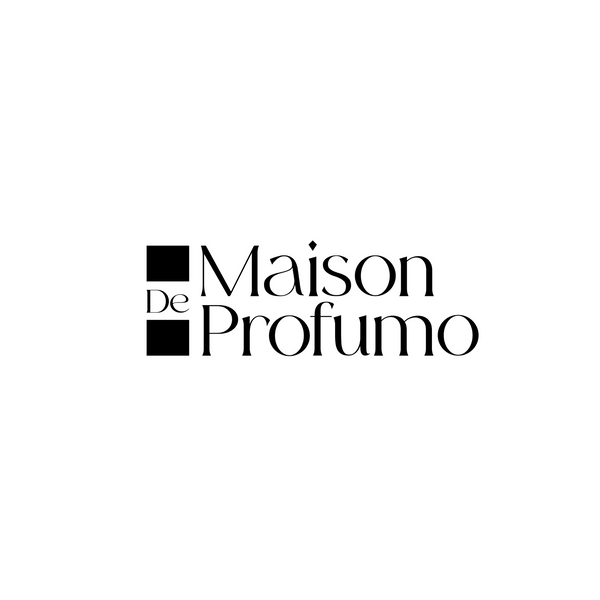Introduction
Middle Eastern fragrances have long captivated the world with their rich, complex, and exotic aromas. Steeped in tradition and crafted with meticulous attention to detail, these perfumes embody a cultural heritage that spans millennia. This comprehensive guide explores the fascinating world of Middle Eastern fragrances, their ingredients, and their enduring appeal.
Understanding Middle Eastern Fragrances

Historical Background
-
Ancient Roots:
- Perfume-making in the Middle East dates back to ancient civilizations such as Mesopotamia and Egypt.
- Fragrances played a vital role in religious rituals, daily life, and trade.
-
Cultural Significance:
- Perfume is deeply embedded in Middle Eastern culture, symbolizing hospitality, luxury, and spirituality.
- Used in various ceremonies and as a status symbol.
Key Ingredients
Middle Eastern fragrances are renowned for their rich and opulent ingredients, often sourced from natural and rare elements.
-
Oud (Agarwood):
- Known as "liquid gold," oud is a precious resinous wood with a deep, woody aroma.
- Highly valued for its unique, complex scent and rarity.
-
Amber:
- A warm, resinous substance that provides a rich, honeyed aroma.
- Used for its depth and long-lasting qualities.
-
Rose:
- Particularly the Damask rose, which is prized for its lush, intoxicating scent.
- Adds a floral and romantic note to fragrances.
-
Musk:
- A sensual, animalistic scent derived from natural sources or synthesized.
- Adds depth and longevity to perfumes.
-
Frankincense and Myrrh:
- Resins with sweet, woody, and balsamic notes.
- Traditionally used in incense and perfumes for their spiritual significance.
Middle Eastern Fragrances
1. Fragrance Families
-
Woody:
- Rich, deep, and often smoky scents.
- Common ingredients: Oud, sandalwood, cedar.
-
Oriental:
- Warm, spicy, and often sweet fragrances.
- Common ingredients: Amber, musk, vanilla.
-
Floral:
- Dominated by luxurious floral notes.
- Common ingredients: Rose, jasmine, orange blossom.
2. Popular Middle Eastern Perfumes
-
Amouage:
- Founded in Oman, known for its luxurious and opulent fragrances.
- Notable scents: Amouage Gold, Amouage Interlude.
-
Rasasi:
- A Dubai-based fragrance house offering a range of traditional and modern perfumes.
- Notable scents: Rasasi La Yuqawam, Rasasi Shuhrah.
-
Ajmal:
- A legacy brand from the UAE with a rich history in perfume making.
- Notable scents: Ajmal Amber Wood, Ajmal Dahn Al Oudh.
3. Perfume Crafting Techniques
-
Traditional Methods:
- Use of distillation and maceration to extract and blend natural ingredients.
- Time-intensive processes that enhance the richness and complexity of scents.
-
Modern Innovations:
- Combining traditional craftsmanship with modern perfumery techniques.
- Use of synthetic molecules to replicate rare and expensive natural ingredients.
4. Cultural Impact
-
In the Middle East:
- Perfumes are an integral part of daily life, used in personal grooming and as a gesture of hospitality.
- Often used in religious and cultural ceremonies.
-
Global Influence:
- Middle Eastern fragrances have influenced global perfumery trends.
- Increasing popularity of oud and oriental scents in Western markets.
Choosing and Wearing Middle Eastern Fragrances

Selecting the Right Scent
-
Personal Preference:
- Consider the type of fragrance family that resonates with your personality and style.
- Sample different scents to find the one that best suits you.
-
Occasion:
- Choose lighter, floral scents for daytime and warmer, woody or oriental fragrances for evening wear.
Application Tips
-
Pulse Points:
- Apply perfume to pulse points such as wrists, neck, and behind the ears for optimal diffusion.
-
Layering:
- Layer different products like perfumed oils, lotions, and sprays to enhance longevity and complexity.
Storage
-
Preservation:
- Store perfumes in a cool, dark place away from direct sunlight and heat to maintain their integrity.
-
Shelf Life:
- While most perfumes can last for years, their scent can evolve over time. Regularly check for any changes in fragrance.
Conclusion
Middle Eastern fragrances offer a sensory journey through history, culture, and luxury. With their rich ingredients, intricate crafting techniques, and deep cultural significance, these perfumes provide an unparalleled olfactory experience. Whether you're a connoisseur or new to the world of perfumery, exploring Middle Eastern fragrances is an invitation to discover a timeless art that continues to enchant and inspire.
